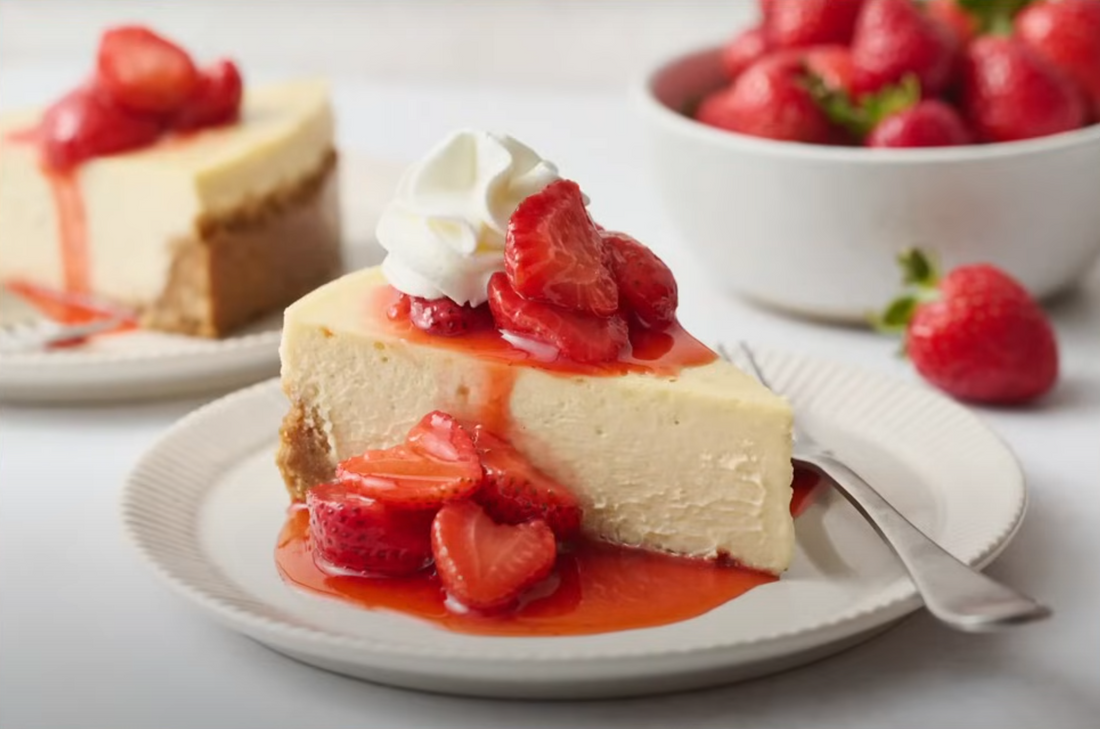
The Best Lenses for Food Photography: A Guide for Beginners and Pros
Share
When it comes to food photography, selecting the right lens can make a significant difference in your work. While no single lens suits every photographer, there are some tried-and-true favorites that can enhance your craft.
As your skills develop, your choice of lenses will likely evolve alongside your preferences and budget. In the beginning, many photographers start with kit lenses, like the 18-55mm lens. Kit lenses are versatile, budget-friendly, and offer a solid foundation for those learning food photography. While often overlooked due to their affordability, they can still produce stunning images, especially when shooting for web use.
Understanding Lens Basics: Focal Length and Aperture
Before diving into the top food photography lenses, it’s essential to understand the basics of focal length and aperture:
- Focal Length: This tells you the lens’s angle of view. The lower the number (e.g., 18mm), the wider the view, and the higher the number (e.g., 70mm), the narrower and more zoomed-in your shot will be.
- Aperture: This controls how much light the lens allows into the camera and affects the depth of field (how much of your image is in focus). Lenses with wider apertures, such as f/1.8, create a shallow depth of field, producing that sought-after blurred background effect known as bokeh.
The Four Essential Lenses for Food Photography
1. The Kit Lens (18-55mm, f/4.5)
A kit lens is typically included with most entry-level cameras and offers a wide focal range, from 18mm (wide-angle) to 55mm (closer and more zoomed-in). Despite being considered a “starter” lens, the 18-55mm lens allows for flexibility when capturing different angles and compositions, making it perfect for learning the ropes. You can create beautifully framed shots without having to invest heavily in equipment.
2. The 50mm f/1.8 (Nifty Fifty)
The 50mm f/1.8 lens, affectionately called the Nifty Fifty, is a must-have for any photographer, especially those venturing into food photography. Its affordable price and ability to create a dreamy bokeh effect make it a staple in most kits. The 50mm focal length closely mimics the human eye's perspective, providing natural, flattering compositions, whether you're shooting portraits, street photography, or close-up food shots.
With a maximum aperture of f/1.8, the Nifty Fifty excels in low light and can create images with a shallow depth of field, perfect for making the food stand out.
3. 100mm or 105mm Macro Lens
For capturing intricate food details, a macro lens is indispensable. A 100mm or 105mm macro lens allows you to get incredibly close to your subject while maintaining sharp focus. This lens is perfect for highlighting the fine textures of food, such as the flakiness of pastries or the juicy details of a sliced fruit.
Although designed for close-up shots, this lens also works beautifully from a distance. Its longer focal length compresses the background, bringing focus to the food in a way that feels intimate and dramatic.
4. The 24-70mm f/2.8 Zoom Lens
Known as a workhorse lens, the 24-70mm f/2.8 is a versatile choice for both overhead shots and close-up compositions. At 24mm, it offers a wide view, making it ideal for capturing entire tables or large flat-lay spreads. Zooming into 70mm, you can focus on individual dishes without moving the camera, making it easy to switch between different shots in a fast-paced shoot.
This lens also excels in low-light situations, with the f/2.8 aperture allowing you to blur the background while keeping the food sharp. Its durability and high-quality optics make it a great investment for professionals who need reliable, multi-purpose gear.
Specialty Lenses: Rent Before You Buy
As you progress, you may be tempted by more specialized lenses. Before investing in expensive equipment, it's often a good idea to rent lenses for specific projects or test them out before committing. For example, you might consider renting a telephoto lens for a long-range event or experimenting with tilt-shift lenses for artistic effects. Renting gives you a chance to experiment without the financial commitment.
Lens Care: A Worthwhile Investment
When investing in high-quality lenses, it’s essential to consider them as part of your business tools. A lens that enhances your work can help you grow as a photographer and expand your client base. Whether you’re shooting for personal projects, paid gigs, or high-traffic social media accounts, having the right lens can save time and improve your output.
Take time to understand your photography style, and build your kit as your experience grows. The right lens will not only make shooting more enjoyable but will also deliver the kind of images that draw in clients or make your food photos stand out from the crowd.
Conclusion
Choosing the best lens for food photography depends on your style, experience, and budget. Starting with an 18-55mm kit lens is a practical and affordable way to begin your photography journey. As you gain experience, lenses like the 50mm f/1.8 or a macro lens can help you refine your style. Ultimately, the goal is to find the gear that suits your unique vision and helps you capture the perfect shot.
